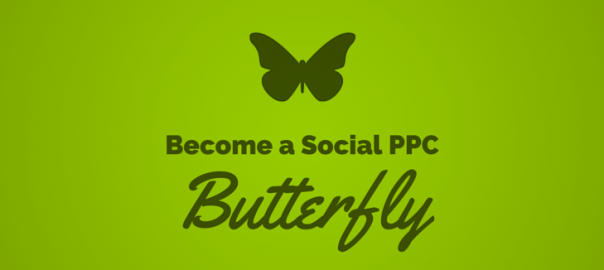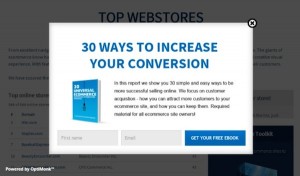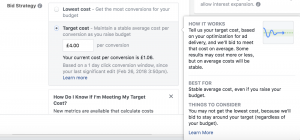
Do you have a Facebook account? What about Twitter or LinkedIn? Considering that 74% of all online adults use some sort of social media platform, chances are you probably do. If so, you’ve probably seen a social PPC campaign before.
A social PPC campaign differs from a regular old PPC campaign in that it takes place on social media. Ever notice those ads to the right of your news feed? The tweets from accounts you don’t follow at the top of your timeline? Those are PPC ads.
How It Works
In its nature, a social PPC campaign isn’t much different from a regular one. In a classic PPC campaign, you pay a website or ad network to display your ads.
Ad placement is usually free or comes with an initial fee, and then you literally “PPC,” or “pay per click.” For each click that your ad gets, you pay a small fee to the website or network.
All of this goes for a social PPC campaign as well, except it’s specifically about advertising on social media platforms. With that big ol’ 74% of us using these sites, this social advertising thing doesn’t sound like such a bad idea.
Thinking you might want to get your own social PPC campaign started? Let’s talk about how.
Before You Get Started
If you’re thinking about getting started with social PPC, there are some important things to consider. Before jumping right in, be sure to:
Identify Your Target Audience
Who are you trying to appeal to here? Why are you trying to reach them? Intent and behavior are crucial to successful social PPC. With search advertising, it’s about anyone who’s searching for the keywords you bid on.
With social PPC, your ad may be there whether or not they searched for your product. This makes it even more important for your ad to make people want to click. Identifying your target audience and their purpose will help you decide which social media platform you should advertise on.
Do Some Research
Before committing to a platform for your campaign, you’ve got to do some research first. After you’ve defined who you’re trying to reach, figure out where they’re most likely to want your ads.
For example, social media platforms like Facebook and LinkedIn might have a lot of the same members, but people have different intentions when visiting those sites.
If a user is going onto Facebook, they’re probably looking to catch up on their friends’ lives and read a few BuzzFeed posts. If they’re going on LinkedIn, they probably have a different agenda, involving some professional networking and personal branding.
An ad for clothing would probably be more successful on Facebook, and an ad for professional software would probably go over better on LinkedIn. Check out some social media demographics. They’ll tell you who uses which sites, giving you insight on where your ads would get the most clicks.
Set Goals
Someone (me) once said (right now), “Ask not what your company can do for social PPC, but ask what social PPC can do for your company.” So what are you hoping to accomplish with social PPC?
Whether you’re a new company hoping to get the word out about your business or an established company hoping to find new leads, a social PPC campaign can help you git’er done.
Identifying these goals from the start will help you figure out if social PPC is right for you. If it is, you’ll go on to tailor your campaign to those goals with ease.
Doing It Right
So you’ve decided social PPC is for you, eh? Let’s get that metamorphosis started. Here are some tips for creating a successful social PPC marketing strategy:
Go Big Or Go Home
Start with the biggest players in the game, like Facebook and Twitter. These well-known sites have a lot of users and they’re going to be your best chance at successfully launching your social PPC campaign.
Make Copy a Priority
Like with any other PPC campaign, the content of your ads matter. Strong message match between ads and landing pages, visual presentation, and a clear CTA are all things that you should pay attention to.
Solid content is what’s going to get people to click.
Track Your Progress
Using an analytics program to see how your social PPC campaign is pretty important. How else will you know whether your strategy is working?
A tool like Google Analytics or a platform’s built-in metrics dashboard can help you keep track of your campaign, allowing you to more efficiently improve it.
Let’s Do This
Hopefully after reading this you’ve figured out whether or not a social PPC campaign is right for you and your company. If it seems like a good fit, applying what you’ve learned here will have you spreading your new-found social PPC butterfly wings before you know it.
Digital & Social Articles on Business 2 Community
(2127)






